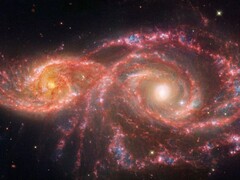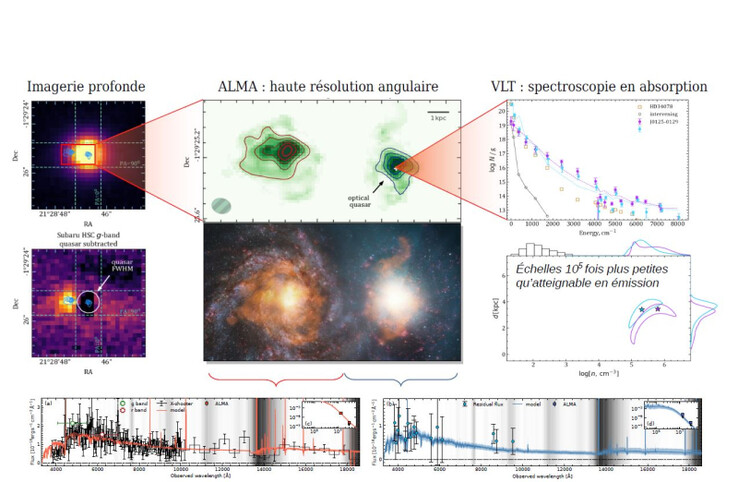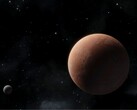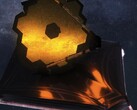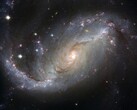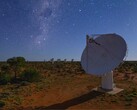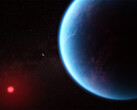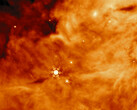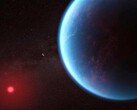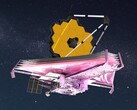The universe never ceases to fascinate and surprise us. Indeed, between this interstellar object crossing our solar system and this asteroid that could hit the Moon, many discoveries are made every day. Recently, astronomers observed a galaxy sending a destructive ray toward a neighboring galaxy.
Fortunately, we are far from being affected by this phenomenon. It should be noted that all this is happening 11 billion light-years away, almost back to the beginning of our universe. In fact, it is a quasar located in a system composed of two forming galaxies that was discovered by researchers at the Ioffe Institute in Saint Petersburg and the Paris Astrophysics Institute using equipment from the Very Large Telescope (VLT) and the ALMA observatory.
These two neighboring galaxies are located only a few thousand light-years apart and are rapidly approaching each other at a speed of 500 km/s. However, one of them has a quasar, which is nothing more than a huge black hole surrounded by gas that emits a powerful amount of energy. By positioning themselves in line with the quasar, the researchers were able to analyze it and observe its effects on the second galaxy.
As a result, they were able to identify pockets of very dense gas, although these are much smaller than what is usually observed in this type of galaxy. In addition, they realized that these pockets were subjected to ultraviolet radiation about a thousand times more powerful than that found in our own galaxy, the Milky Way. This is not without consequence, as this radiation destroys much of the gas in this galaxy.
Only a few areas are spared from this cosmic deluge, but they are not large enough for stars to form there. In other words, this galaxy seems doomed to suffer large-scale ultraviolet radiation that is gradually destroying it until it merges with its neighbor. However, this discovery is a boon for researchers, who can now better understand how quasars can influence the galaxies around them.
Source(s)
Techno-Science (in French), Nature




